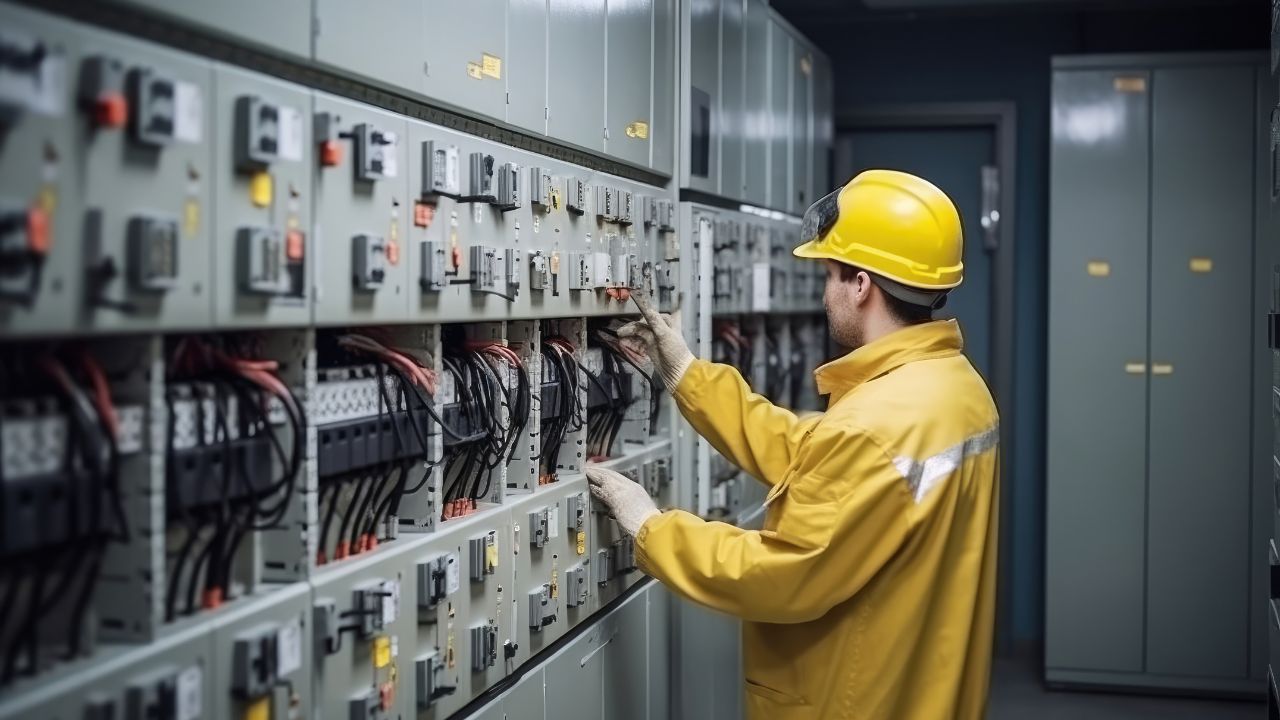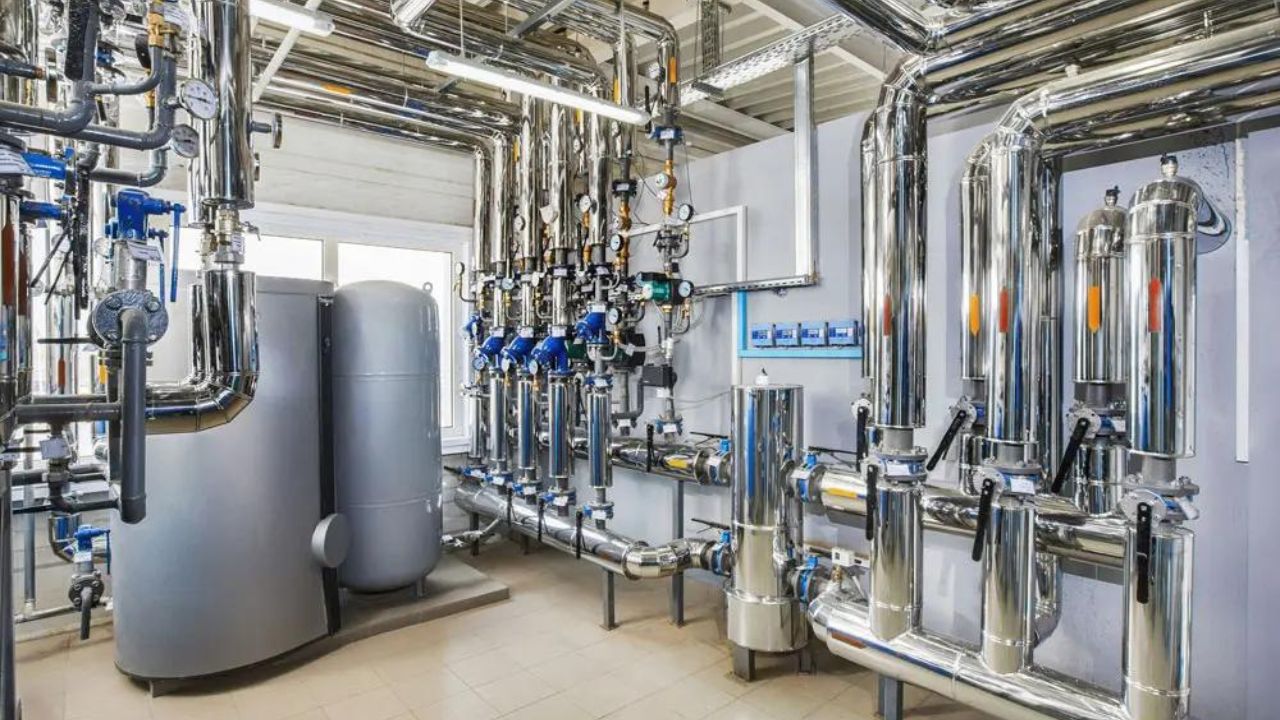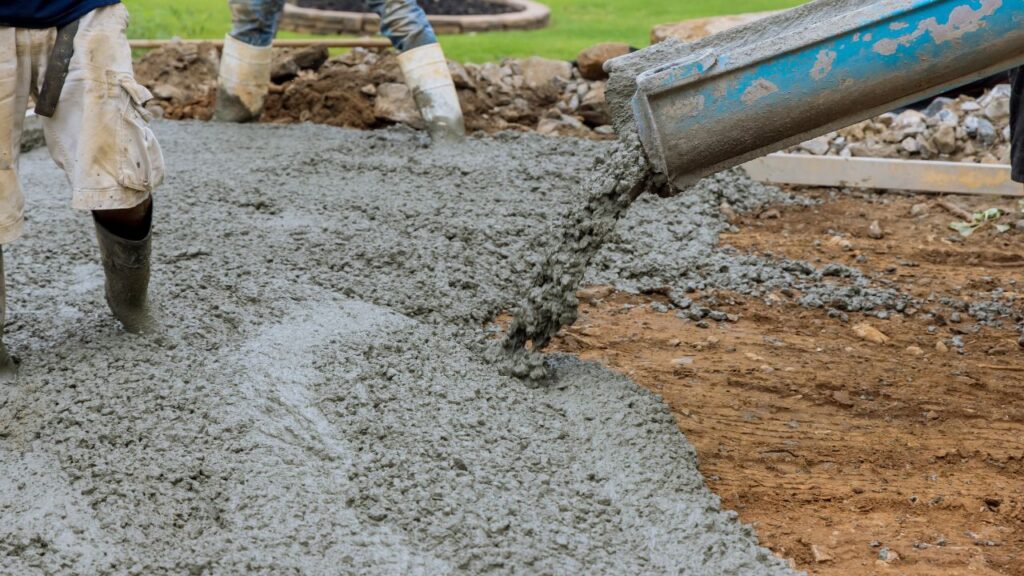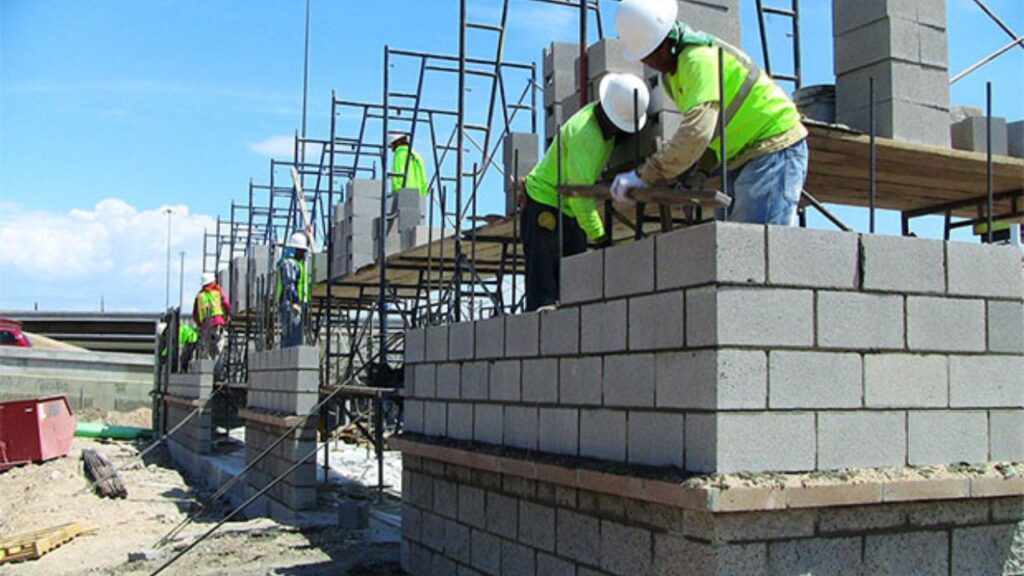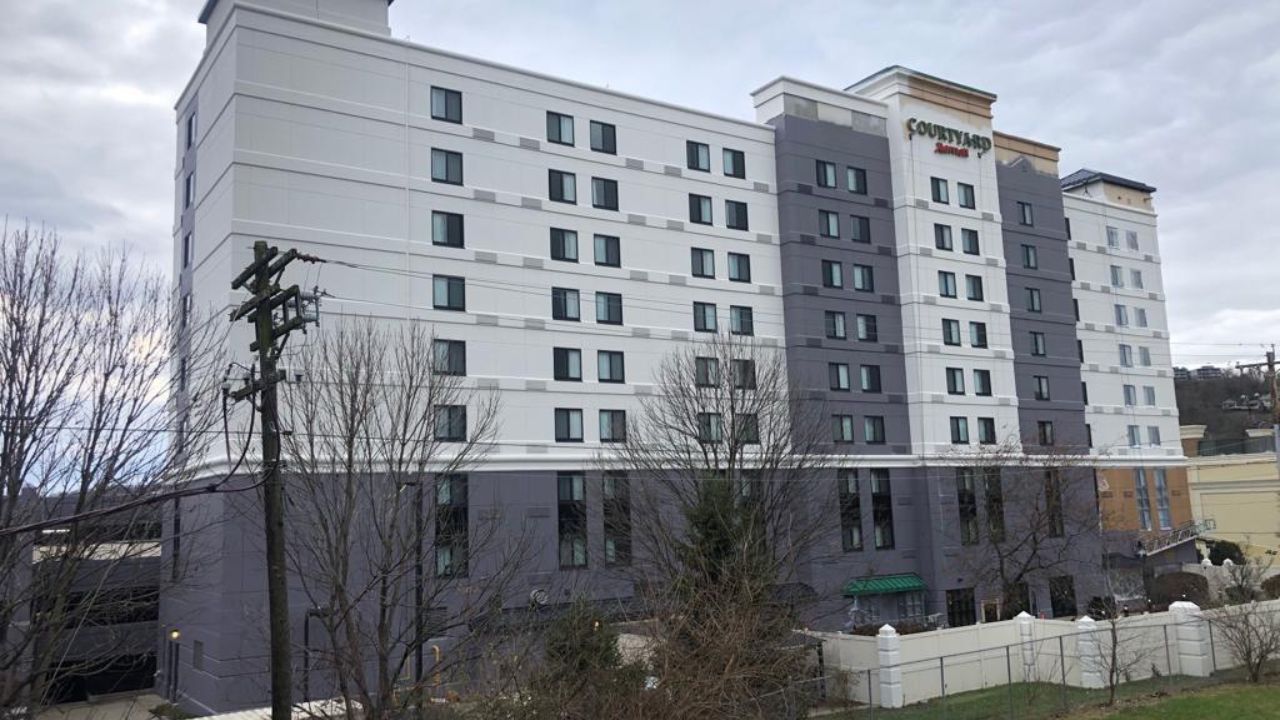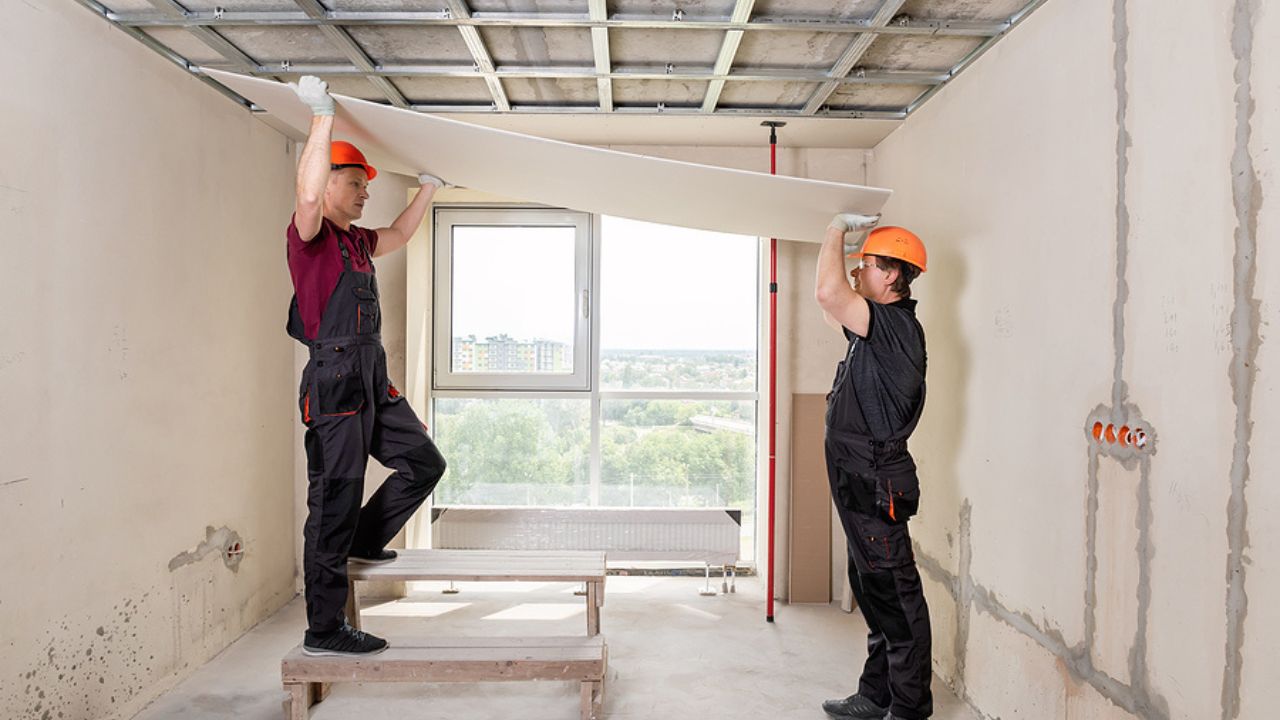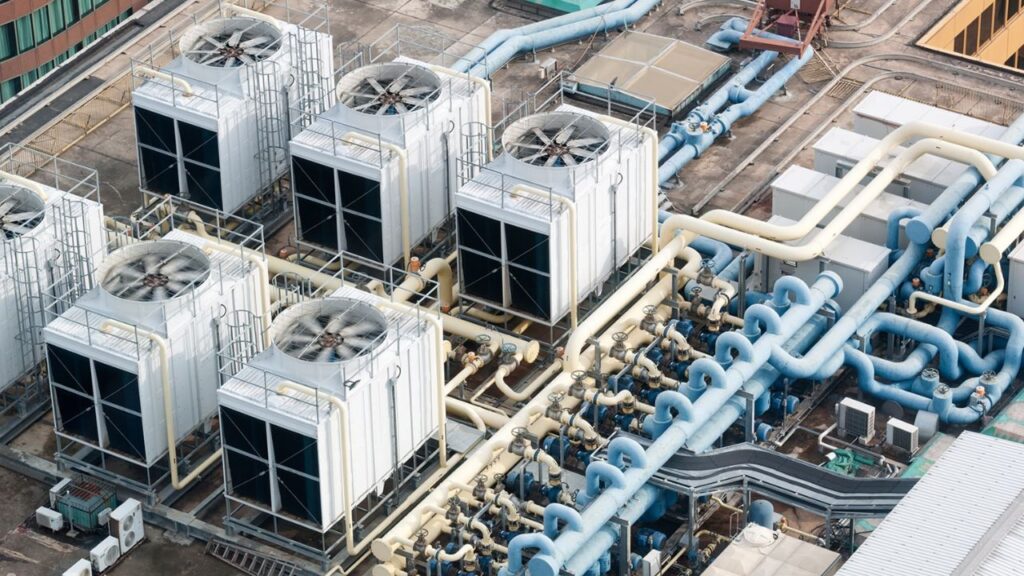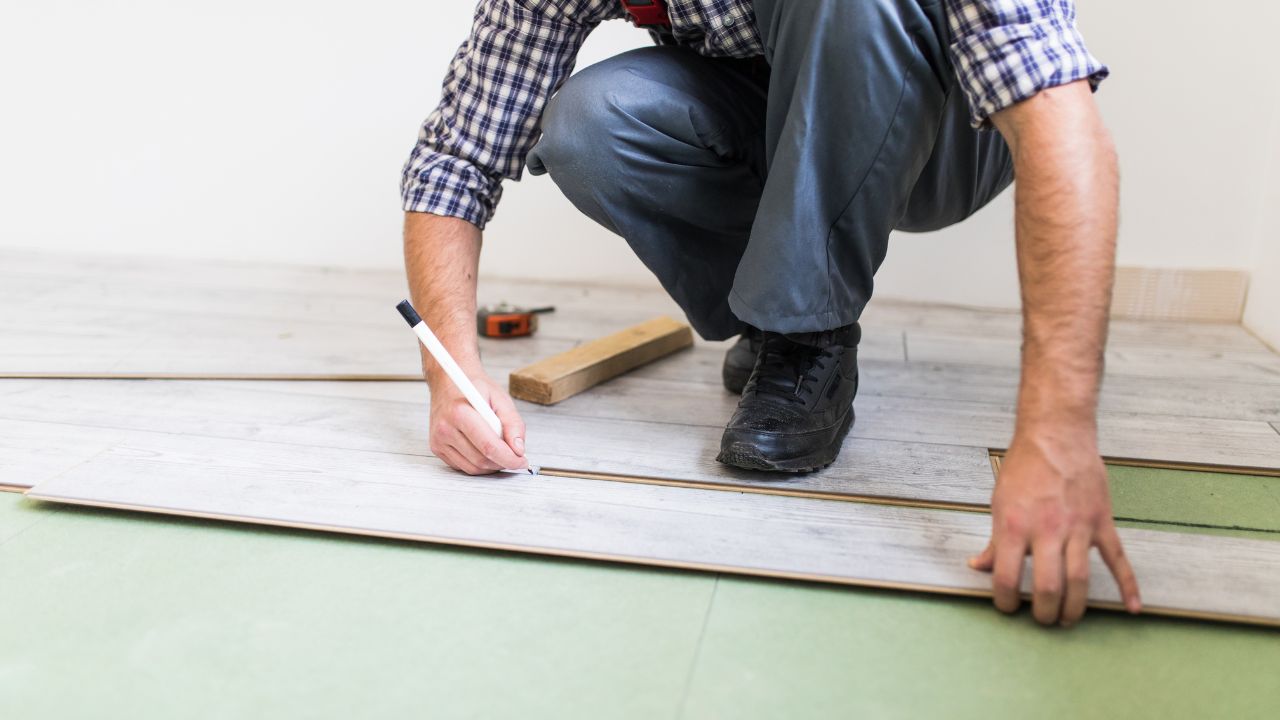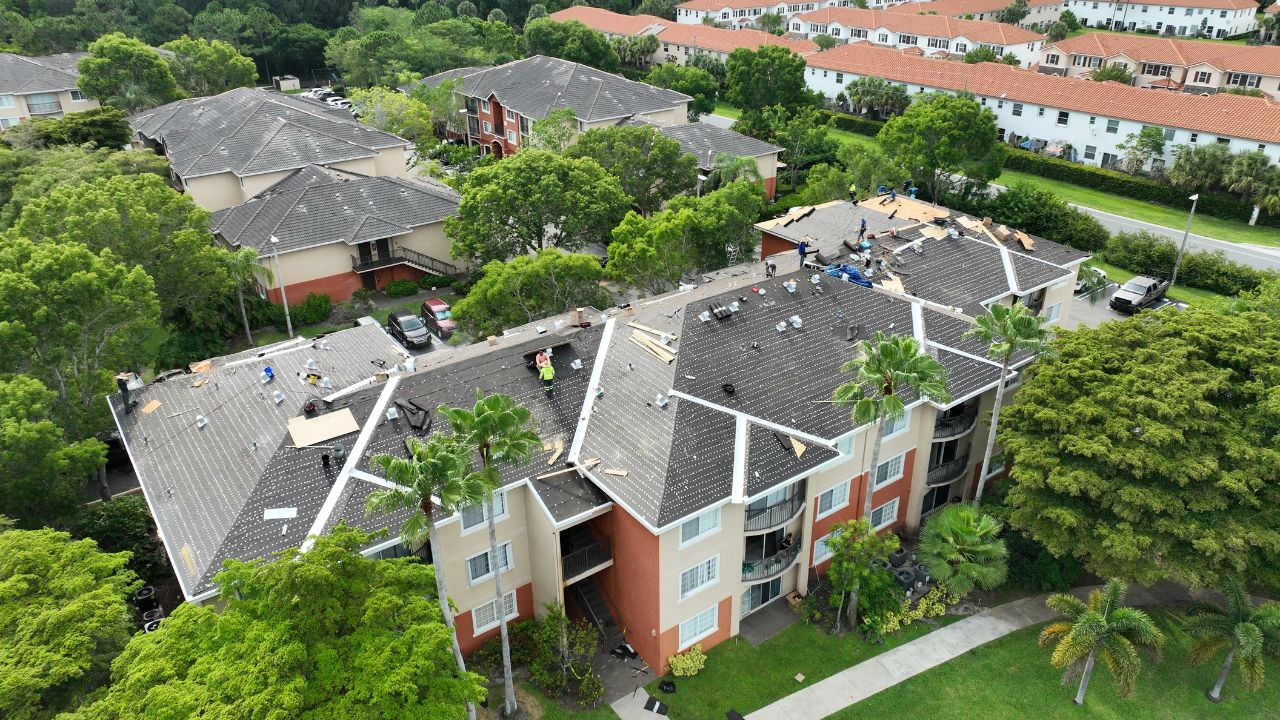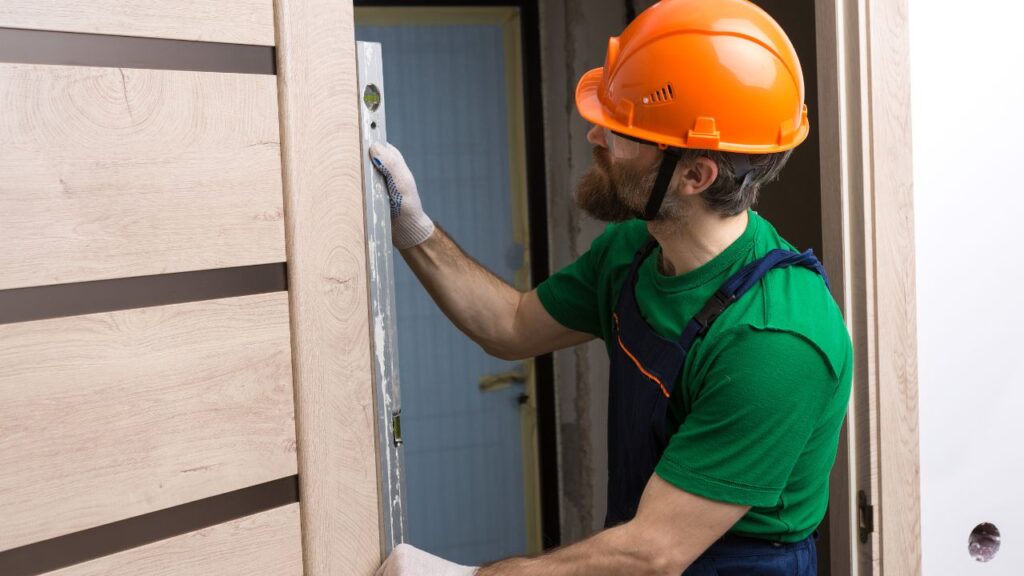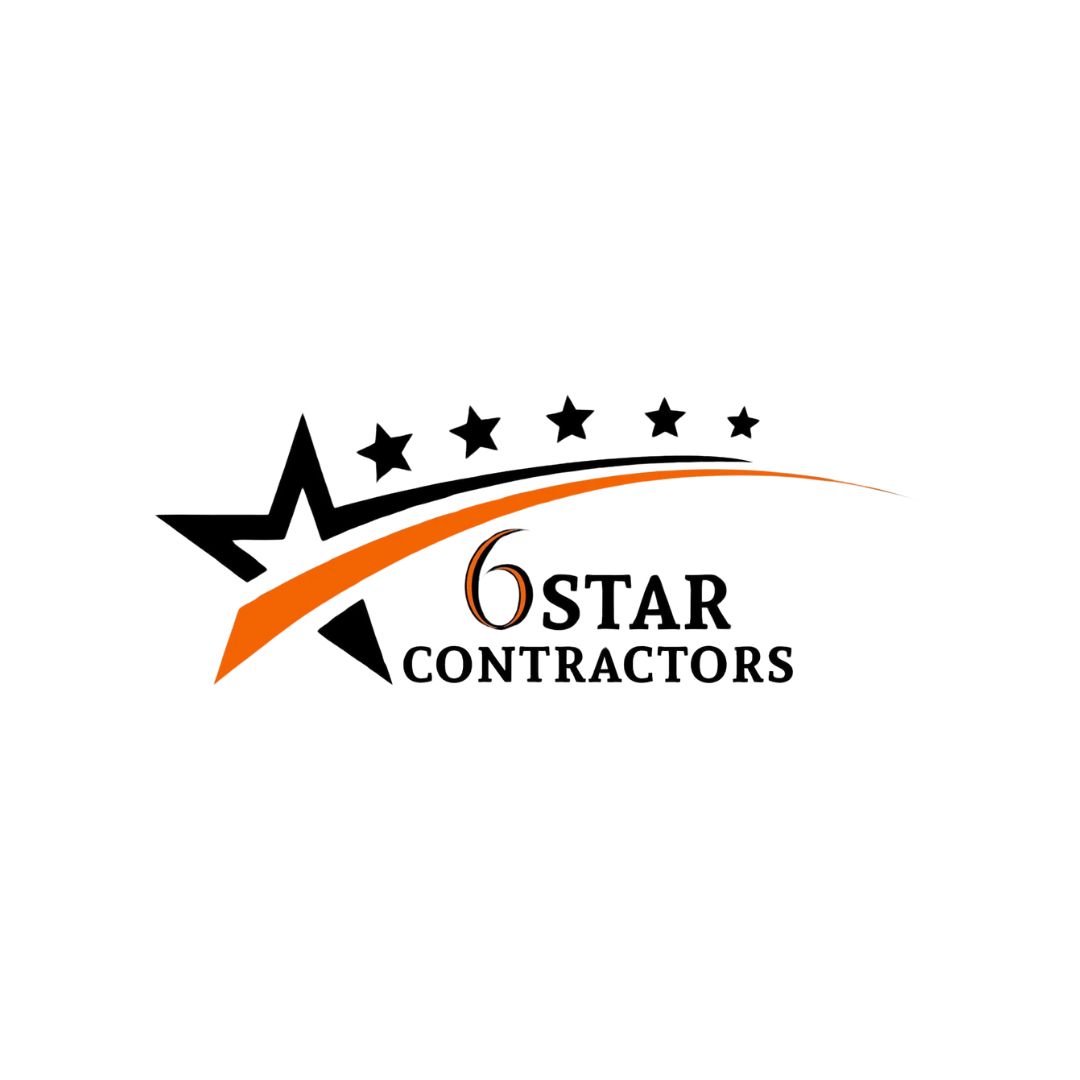- Homepage
- Blogs
Cost of Multi-Billion-Dollar Construction Projects
Leading provider of construction projects estimating.
Commercial construction projects exceeding multi-billion-dollar budgets are often transformative, reshaping cities and industries. These projects involve large-scale planning and execution, often requiring collaboration between private investors, government entities, architects, engineers, and construction professionals. Such undertakings are not limited to constructing buildings—they often include infrastructure upgrades, sustainable practices, and cutting-edge innovations that define the future of construction.
At Estimate Florida Consulting, we specialize in providing precise cost estimates for high-stakes projects, ensuring that all stakeholders are equipped with accurate financial insights for optimal project planning.
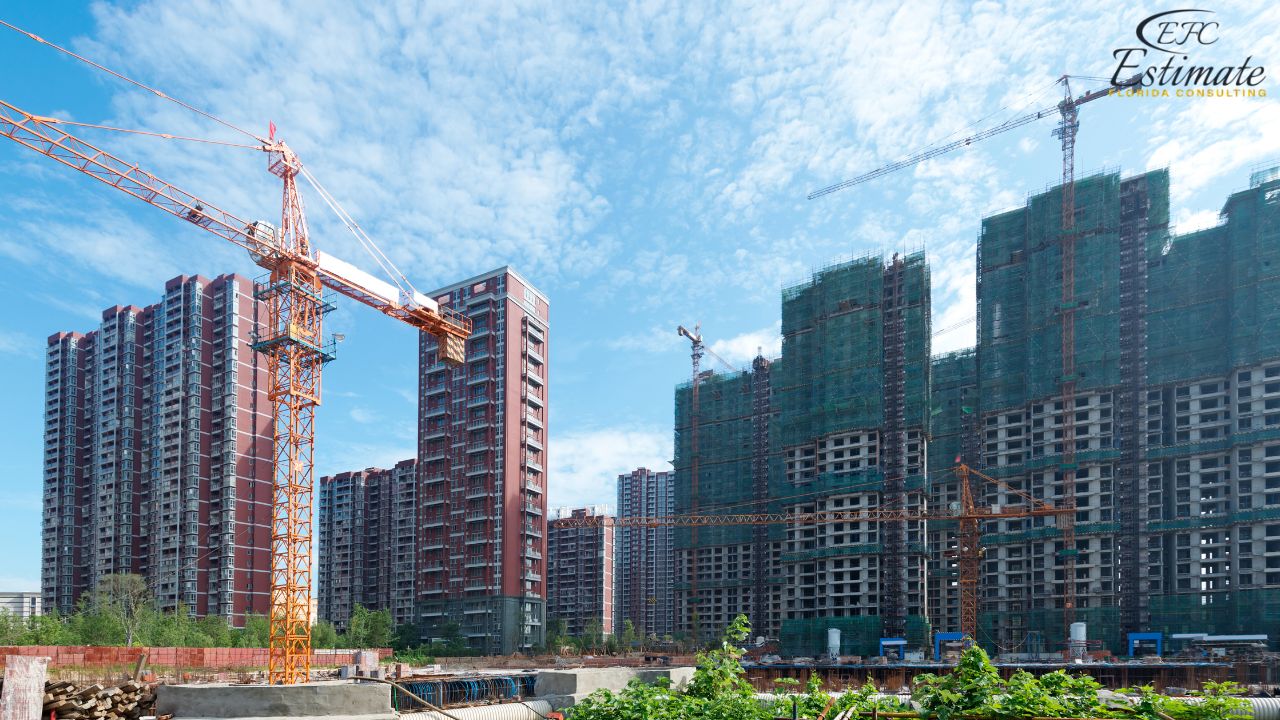
Commercial Construction Cost per Square Foot
The cost per square foot for commercial buildings varies widely depending on the building type, location, and design complexity.
Building Type | Low Estimate (per sq. ft.) | High Estimate (per sq. ft.) |
Office Buildings | $300 | $800 |
Retail Complexes | $350 | $850 |
Industrial Facilities | $250 | $650 |
Healthcare Facilities | $500 | $1,200 |
Educational Buildings | $400 | $900 |
Hotels and Resorts | $450 | $1,200 |
Types of Commercial Buildings
Office Buildings
Office buildings are a cornerstone of commercial construction, serving as spaces for businesses to operate and grow. These structures vary widely, from small office complexes to towering skyscrapers. Costs are influenced by factors like the number of floors, architectural design, and interior requirements such as open layouts, private meeting rooms, and integrated smart systems for energy efficiency and connectivity. On average, building an office space costs between $300 and $800 per square foot, depending on the size and complexity. High-end projects, like iconic skyscrapers in major cities, often exceed $1,000 per square foot, incorporating premium materials and advanced technologies to create visually stunning and highly functional spaces.
Retail Complexes
Retail complexes, including shopping malls and standalone stores, are designed to attract customers and maximize foot traffic. These buildings emphasize aesthetic appeal and efficient layouts to create a pleasant shopping experience. Costs for retail construction range from $350 to $850 per square foot, influenced by design elements like storefront visibility, wide corridors, and decorative finishes. Upscale malls and flagship stores often feature luxury materials, custom lighting, and sustainable systems, increasing costs significantly. Additionally, the incorporation of entertainment zones, food courts, and digital signage has become a standard in modern retail spaces, enhancing their functionality and appeal.
Get Acquainted with Estimation
Maximize Profits: Budgeting Hacks for Big Construction Projects
Construction Cost Estimator | Cost Estimating Service |
Industrial Facilities
Industrial facilities such as warehouses, manufacturing plants, and distribution centers focus primarily on functionality and durability. These structures often feature high ceilings, reinforced flooring, and specialized equipment to handle heavy machinery and logistics systems. Costs for industrial construction typically range from $250 to $650 per square foot, depending on the level of customization and the intended use. Warehouses designed for automation or temperature-controlled storage require advanced systems, which can drive up expenses. While aesthetics are less of a priority, the design often includes efficient layouts and scalable spaces to meet future operational needs.
Healthcare Buildings
Hospitals, clinics, and other healthcare facilities require highly specialized construction to meet stringent safety, regulatory, and functional standards. These buildings must accommodate medical equipment, patient needs, and emergency protocols, resulting in higher construction costs ranging from $500 to $1,200 per square foot. Factors like sterile environments, advanced HVAC systems, and soundproofing contribute to these expenses. High-end hospitals or research facilities may also include features like operating rooms, imaging centers, and patient recovery suites, further raising costs. The design must prioritize accessibility, patient comfort, and staff efficiency, making these projects highly intricate and detailed.
Educational Facilities
Schools and universities play a critical role in community development and often include a mix of classrooms, laboratories, auditoriums, and sports facilities. Construction costs for educational buildings range from $400 to $900 per square foot, depending on the size and scope of the project. Modern institutions are increasingly adopting eco-friendly designs, using sustainable materials and energy-efficient systems to reduce long-term operational costs. Features like smart classrooms, collaborative spaces, and expansive libraries are now standard in many new educational buildings, emphasizing innovation and adaptability to future learning needs.
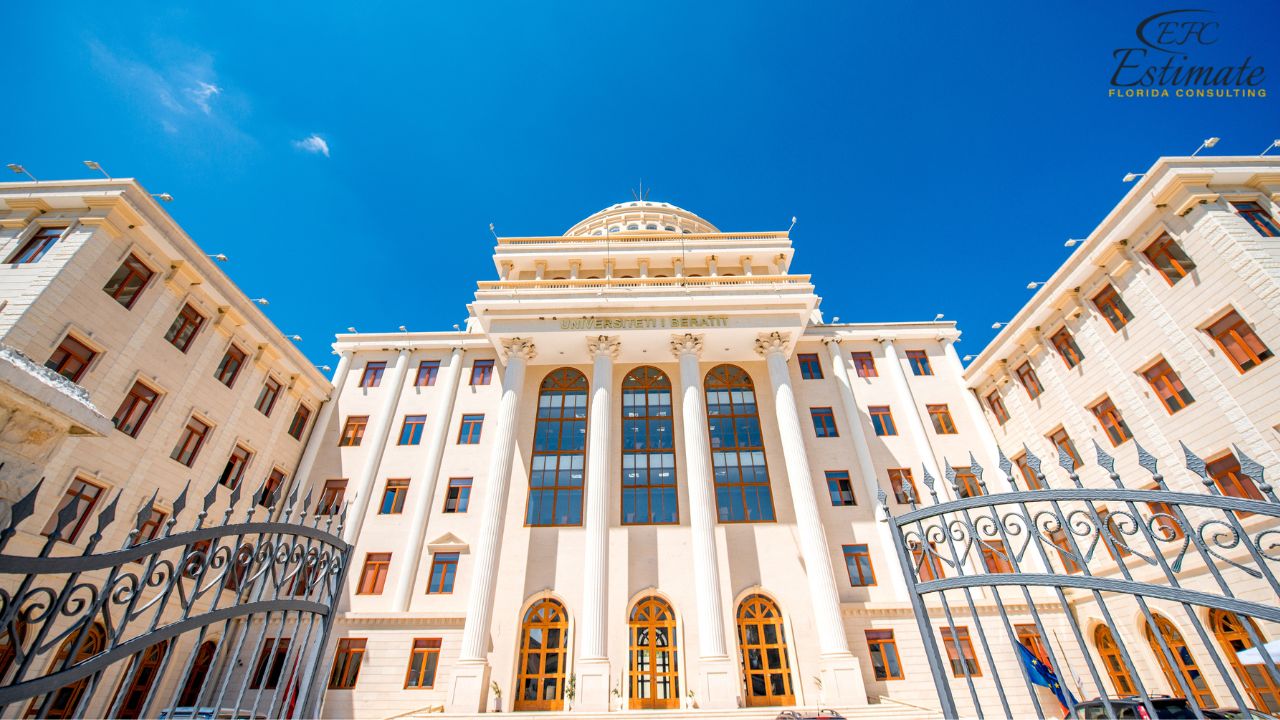
Hospitality and Entertainment Structures
Hotels, resorts, and entertainment complexes are designed to provide unique and memorable experiences. These projects represent significant investments, with construction costs ranging from $450 to $1,200 per square foot. Luxury hotels and high-end resorts often exceed these averages due to premium features like infinity pools, high-end spas, gourmet kitchens, and designer interiors. Entertainment venues, such as theaters or amusement parks, include specialized elements like soundproofing, large screens, and advanced audio systems, adding to the overall costs. These buildings prioritize both functionality and aesthetic appeal, creating spaces that attract visitors and generate revenue.
Commercial Construction Costs by Project Scale
Medium-Scale Projects
Medium-scale construction projects typically include small office complexes, retail stores, and community-focused developments. These projects generally fall within a budget range of $10 million to $50 million. The focus for medium-scale projects is on functionality and efficiency, ensuring that the design meets the needs of the occupants while staying cost-effective. These buildings often include straightforward architectural designs, with minimal decorative features to save costs while maintaining usability. Factors like local labor rates, materials, and compliance with zoning regulations can slightly influence the overall cost. Medium-scale projects are ideal for businesses seeking to expand in urban or suburban areas without overextending their budgets.
Large-Scale Projects
Large-scale projects, such as shopping malls, hospitals, and industrial parks, are much more complex and require larger budgets, typically ranging between $50 million and $500 million. These projects demand detailed planning, extensive coordination among various stakeholders, and significant resource allocation to ensure smooth execution. Large-scale developments often incorporate advanced systems like centralized HVAC, energy-efficient lighting, and modern fire safety features. They may also include spaces for multiple purposes, such as retail areas, parking lots, and recreational zones, adding to the complexity and cost. These projects aim to serve a larger audience, often becoming landmarks or critical infrastructure within a city.
Mega-Scale Projects
Mega-scale projects represent the pinnacle of commercial construction, with budgets exceeding $1 billion. Examples include skyscrapers, multi-building business districts, or even entire smart cities designed to integrate technology and sustainability. These projects are characterized by their innovative designs, cutting-edge engineering, and immense scale. They often feature iconic architecture, such as towering glass facades or green rooftops, which redefine the urban landscape. Mega-scale projects involve advanced construction techniques and materials, along with technologies like AI-driven building management systems and renewable energy sources. Such projects often take years to complete and require collaboration across global teams, as they are intended to be both functional and a symbol of progress for the region.
Mega-Scale Projects
Mega-scale projects represent the pinnacle of commercial construction, with budgets exceeding $1 billion. Examples include skyscrapers, multi-building business districts, or even entire smart cities designed to integrate technology and sustainability. These projects are characterized by their innovative designs, cutting-edge engineering, and immense scale. They often feature iconic architecture, such as towering glass facades or green rooftops, which redefine the urban landscape. Mega-scale projects involve advanced construction techniques and materials, along with technologies like AI-driven building management systems and renewable energy sources. Such projects often take years to complete and require collaboration across global teams, as they are intended to be both functional and a symbol of progress for the region.
Cost Breakdown by Key Components in Commercial Construction
Commercial Roofing Cost
The cost of roofing for commercial projects varies widely, ranging from $12 to $50 per square foot. The price depends on the type of roofing material chosen, such as TPO (thermoplastic polyolefin), EPDM (ethylene propylene diene terpolymer), or metal. TPO and EPDM are popular for their durability and energy efficiency, while metal roofing is known for its longevity and low maintenance. High-end roofing systems, like those with integrated solar panels or green roofs, can significantly increase costs. Green roofs, for example, add insulation and reduce energy use but require additional waterproofing layers and structural support, further driving up expenses.
Win More Projects With Us
Plumbing Systems Cost
Plumbing systems in commercial buildings typically cost between $30,000 and $500,000, influenced by the size and complexity of the project. For a standard office building, the cost is driven by the number of water fixtures, pipelines, and drainage systems required. Specialized plumbing systems, such as those for hospitals, research labs, or food processing facilities, can dramatically raise the budget due to the need for high-precision installations, water treatment units, and safety compliance measures. For instance, laboratory plumbing often includes chemical-resistant piping and advanced drainage systems, increasing the overall expenditure.
Electrical Systems Cost
The cost of electrical systems for commercial buildings ranges from $50,000 to $1 million, depending on the size and functionality of the building. Simple setups for basic lighting and power outlets cost less, while more complex systems, such as energy-efficient lighting, high-capacity wiring, and smart building integrations, significantly increase the price. Advanced features like energy management systems, motion-sensor lighting, and smart automation are commonly used in modern office buildings and require specialized installation. Additionally, buildings with extensive server rooms or heavy machinery often require dedicated power supplies and backup generators, further adding to the costs.
Framing and Structural Steel Cost
Framing and structural steel costs typically range from $10 to $30 per square foot, depending on the building’s design and structural requirements. For smaller commercial buildings like low-rise offices, the costs are relatively lower due to simpler load-bearing needs. In contrast, skyscrapers or industrial facilities require heavier-grade steel, additional reinforcements, and advanced engineering, pushing costs higher. The inclusion of open floor plans, cantilevered designs, or unique architectural features can also increase expenses, as they demand custom fabrication and meticulous planning.
HVAC System Cost
Heating, ventilation, and air conditioning (HVAC) systems for commercial buildings typically cost between $20 and $50 per square foot. Costs depend on the size of the building, the complexity of the system, and the level of climate control required. For larger buildings like malls or multi-story offices, customized solutions such as zoned HVAC systems, air filtration units, and smart temperature controls are often necessary. These features not only enhance energy efficiency but also improve air quality, which is particularly important in industries like healthcare or manufacturing. However, such advanced systems come with higher upfront installation costs and ongoing maintenance expenses.
Foundation and Concrete Work Cost
Foundation and concrete work generally costs between $10 and $25 per square foot, depending on the building type and site conditions. A simple slab foundation is less expensive, while reinforced concrete foundations or pile foundations—commonly used for tall buildings or areas with unstable soil—add to the cost. Complex commercial projects, such as high-rises, often require deep excavation, waterproofing, and additional support systems, significantly increasing expenses. These specialized foundations are designed to handle heavy loads and ensure long-term stability, making them critical components in construction.
Interior Finishes Cost
Interior finishes, including flooring, ceilings, paint, and wall treatments, can cost anywhere from $30 to $100 per square foot, depending on the materials and level of customization. Standard office finishes typically use cost-effective materials like laminate flooring and drop ceilings, keeping costs on the lower end of the range. On the other hand, high-end finishes for luxury hotels, executive suites, or retail spaces often feature marble flooring, custom woodwork, and premium fixtures, significantly increasing expenses. The choice of lighting, furnishings, and decorative elements also impacts the total cost, with tailored designs and unique aesthetics driving up the budget for upscale projects.
Influence of Location on Construction Costs
The location of a construction project plays a major role in determining overall costs. In urban centers like Miami or Orlando, high real estate values, greater demand for skilled labor, and stricter building regulations contribute to significantly higher expenses. For example, hiring skilled workers in these areas often comes at a premium due to competition, and permits or zoning requirements can add additional fees. In contrast, rural or suburban areas tend to have lower costs for land and labor, but these savings might be offset by increased transportation costs for materials and limited access to specialized contractors. Additionally, regional factors like climate conditions, local tax policies, and infrastructure availability can greatly influence the complexity and cost of construction.
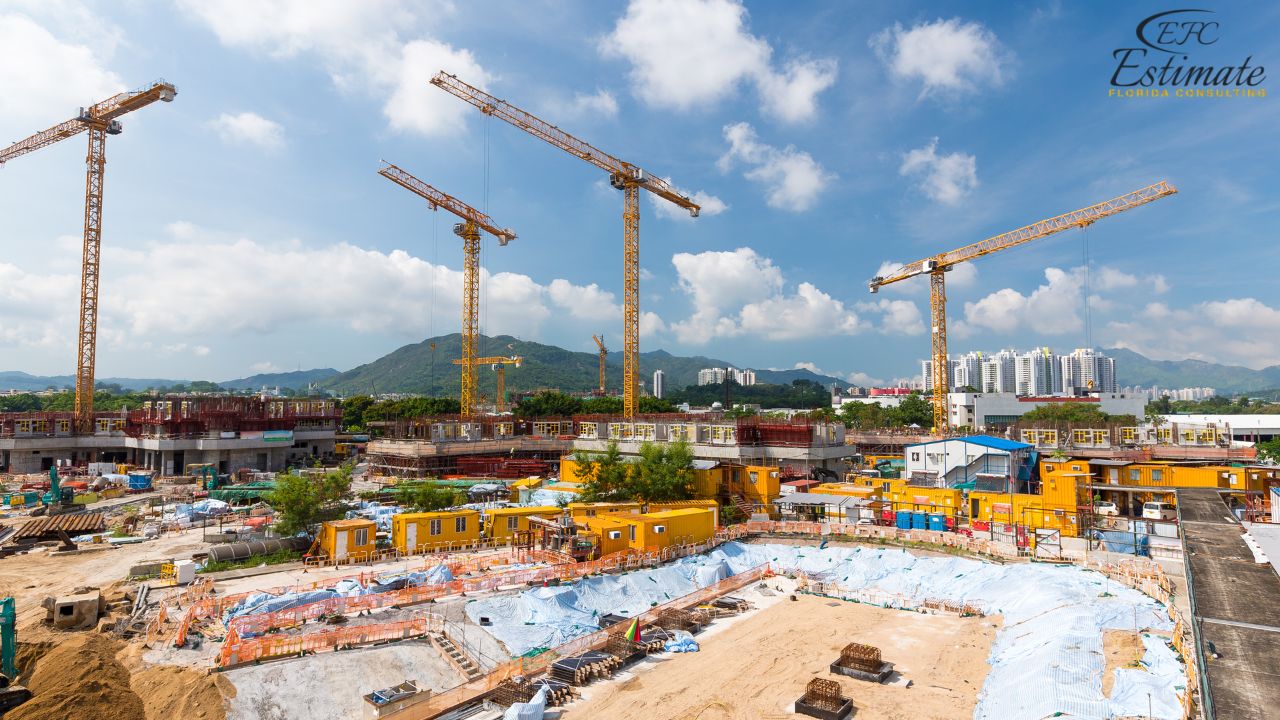
Projects in hurricane-prone areas, for instance, might require specialized materials and designs, further raising costs.
Emerging Trends in Multi-Billion-Dollar Commercial Construction
Smart Buildings
Smart buildings represent a growing trend in commercial construction, integrating cutting-edge technologies to improve efficiency and functionality. Features like Internet of Things (IoT) systems, automated climate control, and energy-efficient lighting systems are becoming standard in high-profile projects. These technologies enable real-time monitoring and management of building systems, leading to reduced operational costs over time. However, the initial investment can be substantial due to the cost of specialized equipment and the need for expert installation. Despite this, many developers see the long-term benefits of reduced energy consumption, improved tenant satisfaction, and the ability to attract premium clients.
Sustainable Construction
Sustainability is no longer just a trend—it has become an expectation in large-scale construction projects. Incorporating green building practices, such as using renewable energy systems, energy-efficient materials, and achieving certifications like LEED (Leadership in Energy and Environmental Design), significantly impacts upfront costs. For example, solar panels, advanced insulation, and water recycling systems can add considerable expense during construction. However, these features often provide long-term savings through lower utility bills and tax incentives. Moreover, sustainable buildings tend to have higher resale or rental values, making them attractive to environmentally-conscious investors and tenants. This trend reflects a shift toward more responsible construction practices that benefit both the environment and stakeholders.
Modular Construction
Modular construction is rapidly gaining traction as an efficient and cost-effective method for large-scale projects. This approach involves building components off-site in controlled environments and then assembling them on-site, significantly reducing construction timelines. For multi-billion-dollar commercial projects, modular construction not only lowers labor costs but also minimizes delays caused by weather or site conditions. Additionally, this method allows for consistent quality control and reduces material waste. While modular construction requires careful planning and coordination, its speed and efficiency make it an appealing choice for developers looking to deliver projects faster without compromising quality. As technology and techniques in modular construction improve, this trend is expected to dominate the future of commercial development.
Download Template For Construction Project Breakdown
- Materials list updated to the zip code
- Fast delivery
- Data base of general contractors and sub-contractors
- Local estimators
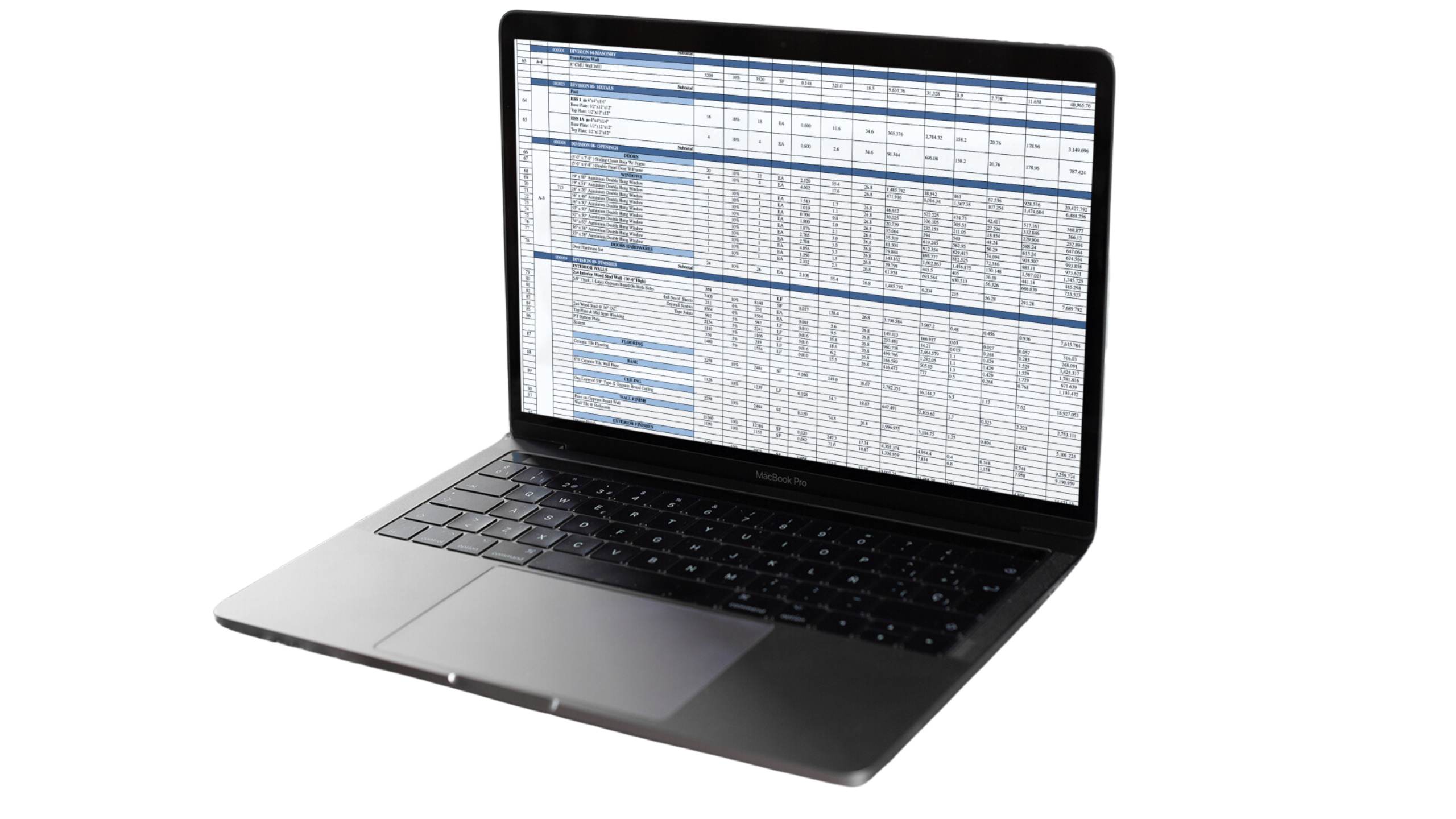
Conclusion
Multi-billion-dollar construction projects represent the pinnacle of modern engineering and architecture. These endeavors require meticulous planning, extensive resources, and innovative approaches to achieve their ambitious goals. By understanding the various components and costs involved, stakeholders can better manage budgets and ensure the successful completion of these monumental projects.
Frequently Asked Question
Costs can range from $500 million to over $10 billion, depending on the project’s scope, size, and complexity.
Mega-projects generate significant economic benefits, including job creation, increased infrastructure, and urban development.
Key risks include budget overruns, delays, regulatory issues, and resource constraints.
Mega projects typically cost billions of dollars, ranging anywhere from $1 billion to over $100 billion, depending on their scale and complexity. These projects include large infrastructure works like highways, airports, power plants, or skyscrapers. For example, building a high-speed rail system or a massive dam could fall under this category.
The success rate of megaprojects is generally low, with studies showing that about 8 out of 10 projects fail to meet their goals. Common challenges include cost overruns, delays, and mismanagement. However, when properly planned and executed, they can deliver massive long-term benefits despite the risks.
Comprehensive Trade-Specific Estimates
At Estimate Florida Consulting, we offer detailed cost estimates across all major trades, ensuring no part of your project is overlooked. From the foundation to the finishing touches, our trade-specific estimates provide you with a complete and accurate breakdown of costs for any type of construction project.

Testimonials
What Our Clients Say
We take pride in delivering accurate, timely, and reliable estimates that help contractors and builders win more projects. Our clients consistently praise our attention to detail, fast turnaround times, and the positive impact our estimates have on their businesses.
Estimate Florida Consulting has helped us win more bids with their fast and accurate estimates. We trust them for every project!

Steps to Follow
Our Simple Process to Get Your Estimate
01
Upload Plans
Submit your project plans, blueprints, or relevant documents through our online form or via email.
02
Receive Quotation
We’ll review your project details and send you a quote based on your scope and requirements.
03
Confirmation
Confirm the details and finalize any adjustments to ensure the estimate meets your project needs.
04
Get Estimate
Receive your detailed, trade-specific estimate within 1-2 business days, ready for your project execution.


